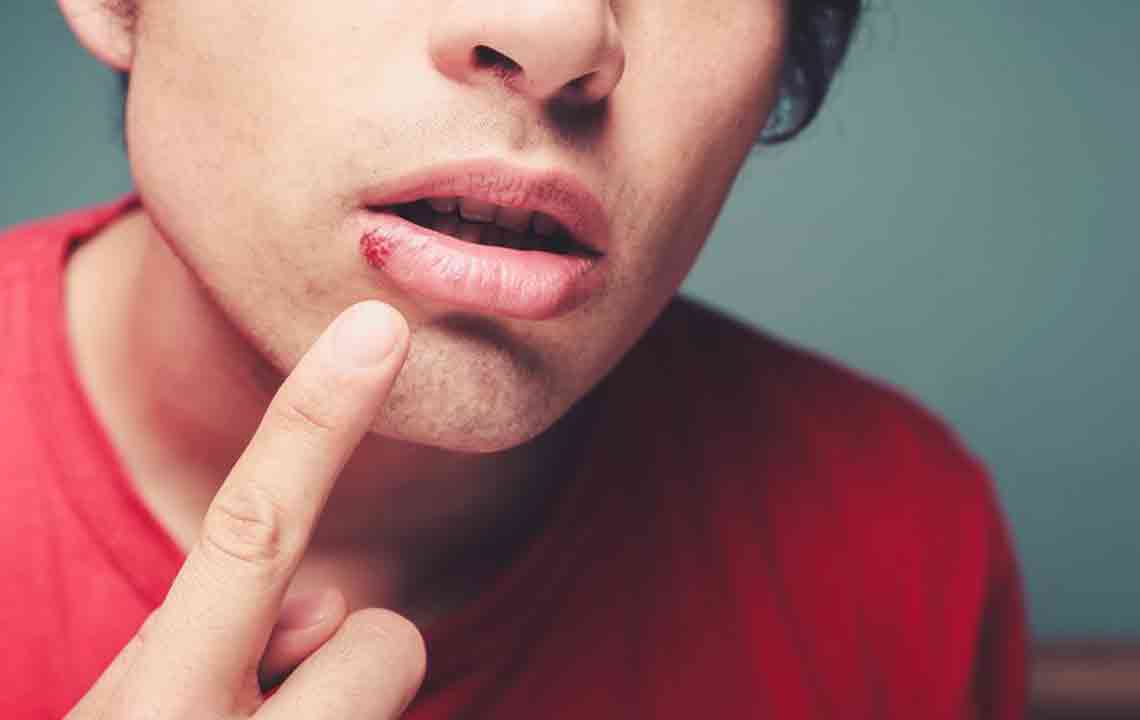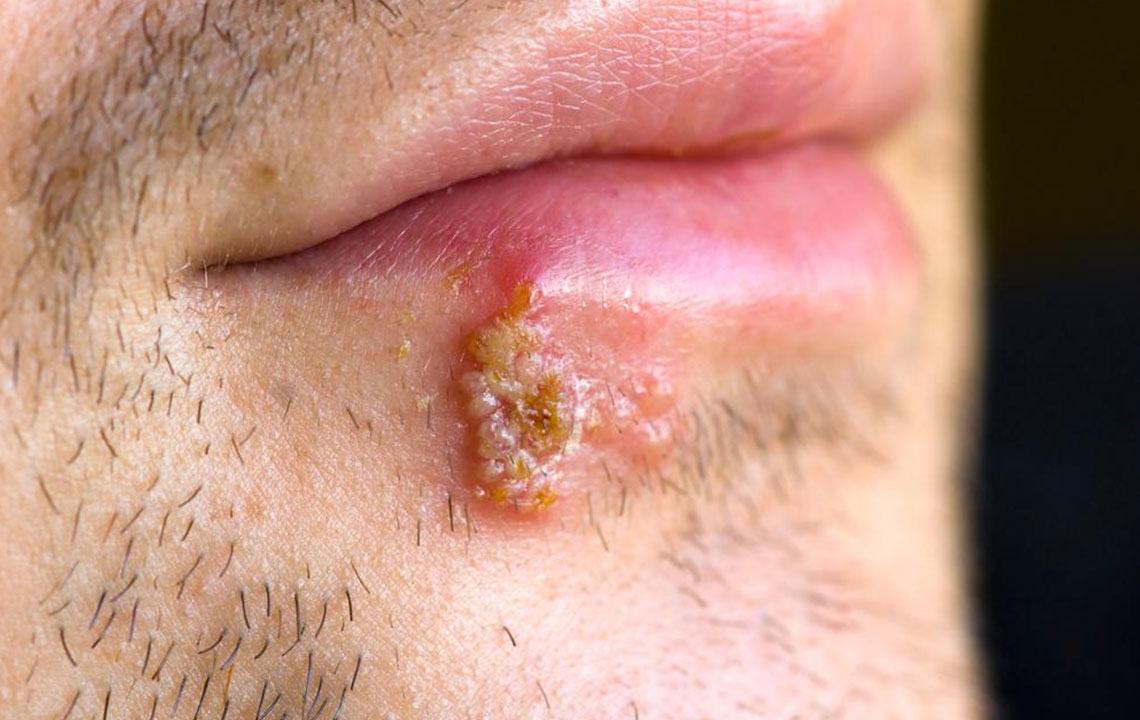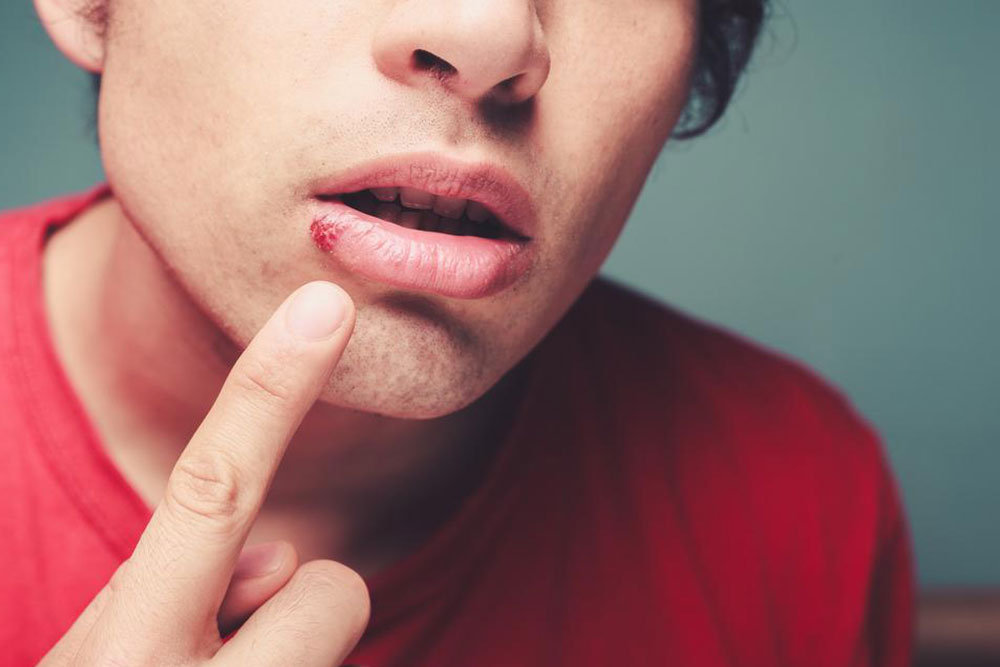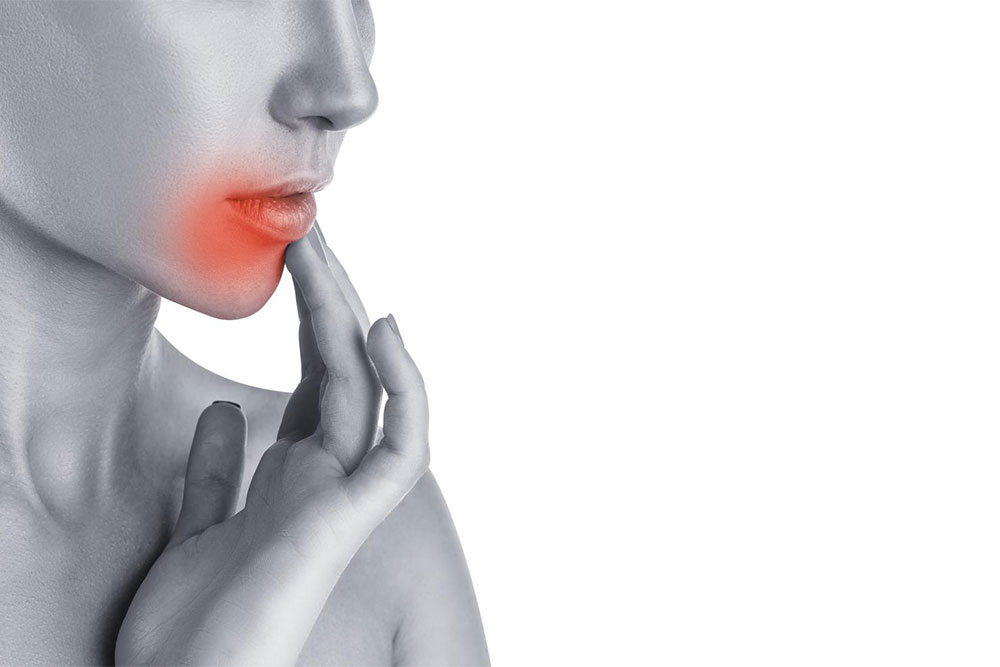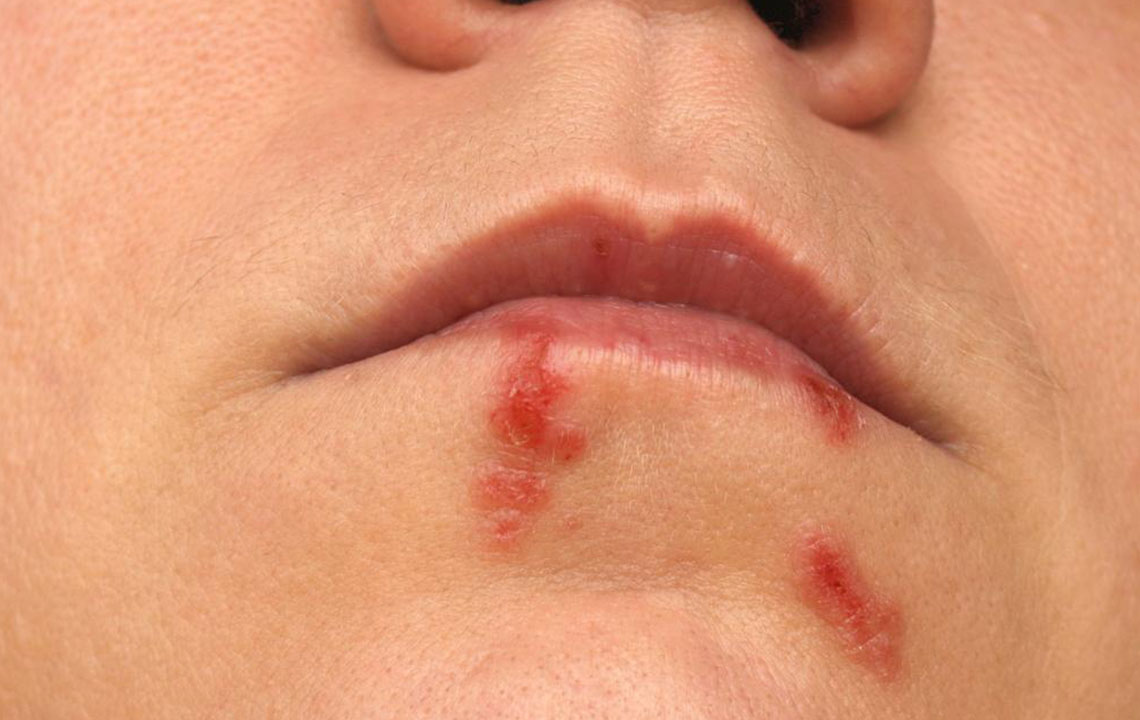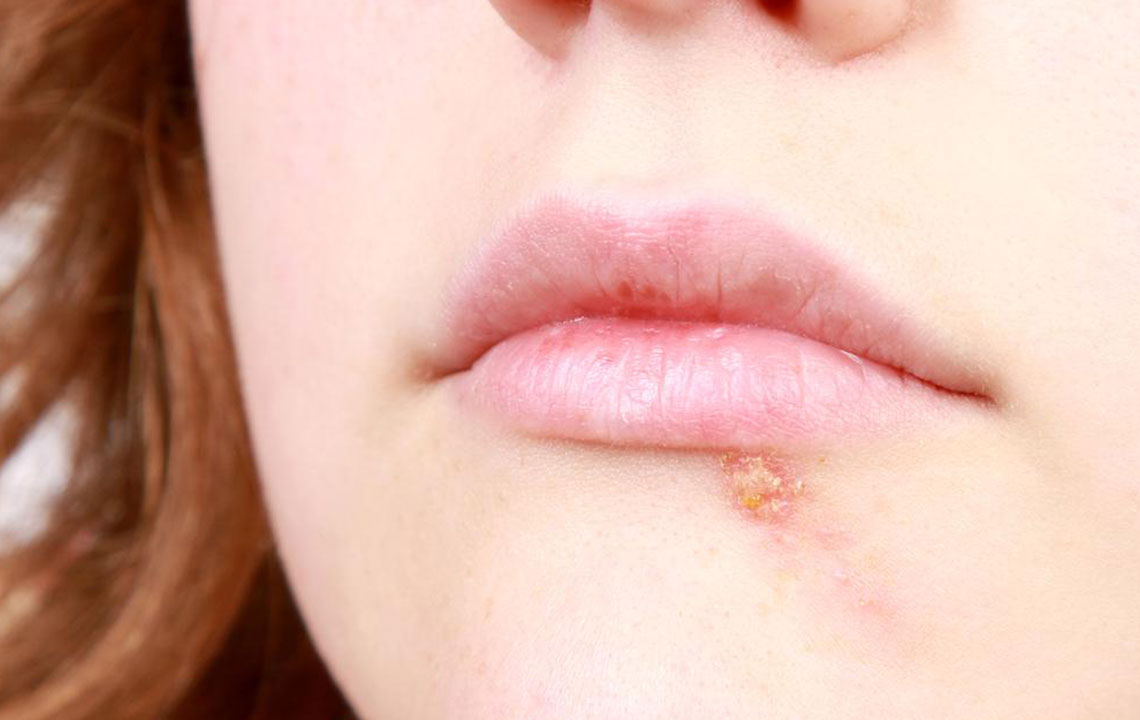Understanding Cold Sores: Causes, Symptoms, and Treatments
This article offers a comprehensive overview of cold sores, including their causes, symptoms, stages, and effective treatments. It covers both medical interventions and natural home remedies, providing useful tips to manage and prevent outbreaks. Readers will gain a clear understanding of herpes simplex virus transmission, recognizing symptoms early, and maintaining skin health. Perfect for those seeking practical guidance on controlling cold sore flare-ups and promoting faster healing, this guide is essential for anyone affected by cold sores aiming to reduce discomfort and recurrence.
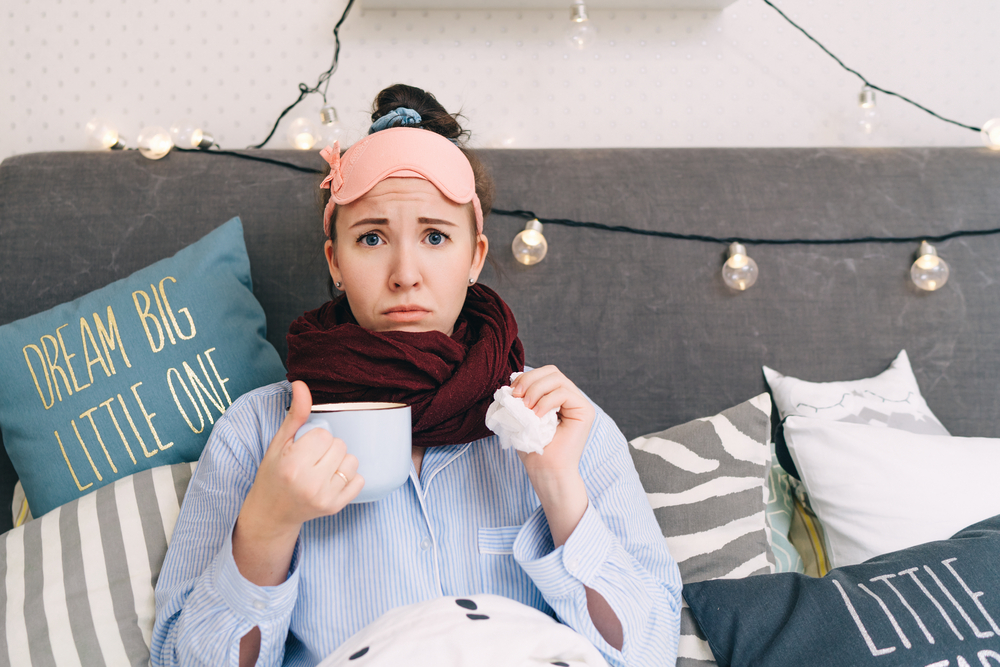
Understanding Cold Sores
Everything You Need to Know About Cold Sores
Cold sores are blister-like lesions filled with fluid, typically appearing as red patches around the lips or face, lasting up to two weeks or longer. Occasionally, they can form on fingers, the nose, or inside the mouth, though these instances are rare.
These sores are caused by the herpes simplex virus, which can be transmitted even when sores are not visible. Spread occurs through close contact such as kissing, hugging, or handshakes. While there's no permanent cure, antiviral medications can help manage symptoms and reduce recurrences.
Origins of Cold Sores
The herpes simplex virus (HSV) causes cold sores.
HSV-1 is responsible for oral cold sores, while HSV-2 tends to cause genital herpes.
Once infected, the virus remains dormant in the body, capable of reactivation.
Stress, illness, or immune suppression can trigger outbreaks, causing recurring sores.
Recognizing Cold Sore Symptoms
Early signs include tingling or burning sensations on the lips or face.
Red, fluid-filled blisters then form, often painful and sensitive.
Additional symptoms may include fever, muscle aches, and swollen neck lymph nodes.
Stages of Cold Sores
Stage 1: Tingling or itching occurs 1 day before blisters appear.
Stage 2: Red blisters form, filled with fluid.
Stage 3: Blisters burst, creating painful sores.
Stage 4: Sores crust over and itch.
Stage 5: The scab falls off, revealing healed skin.
These cycles span approximately two weeks, and sores remain contagious until fully healed. First episodes may appear up to 20 days after exposure to the virus.
How to Manage Cold Sores
While there's no overnight cure, several treatments can alleviate symptoms and shorten outbreaks:
Topical treatments: Antiviral creams like penciclovir or docosanol applied 4-5 times daily can reduce pain and aid healing if used early.
Prescription medications: Doctors may prescribe oral antivirals like acyclovir, valacyclovir, or famciclovir for frequent or severe outbreaks.
Natural Remedies for Cold Sores
Certain home remedies may help manage symptoms, though effectiveness varies:
Lemon balm: Lip balms containing lemon balm might decrease redness and swelling.
Ice application: Applying cold packs can soothe pain and reduce swelling.
Aloe vera: Known for anti-inflammatory properties, aloe vera gel can help soothe affected skin.
Sunscreen: Regularly applying sunscreen over cold sores can promote healing and prevent future outbreaks.
Stress management: Relaxation techniques like meditation and regular exercise may help prevent cold sore recurrences.
Note: The information shared here is for educational purposes and should not replace professional medical advice. Consult a healthcare provider for proper diagnosis and treatment options. The site aims to provide helpful insights but cannot guarantee accuracy or comprehensiveness.

